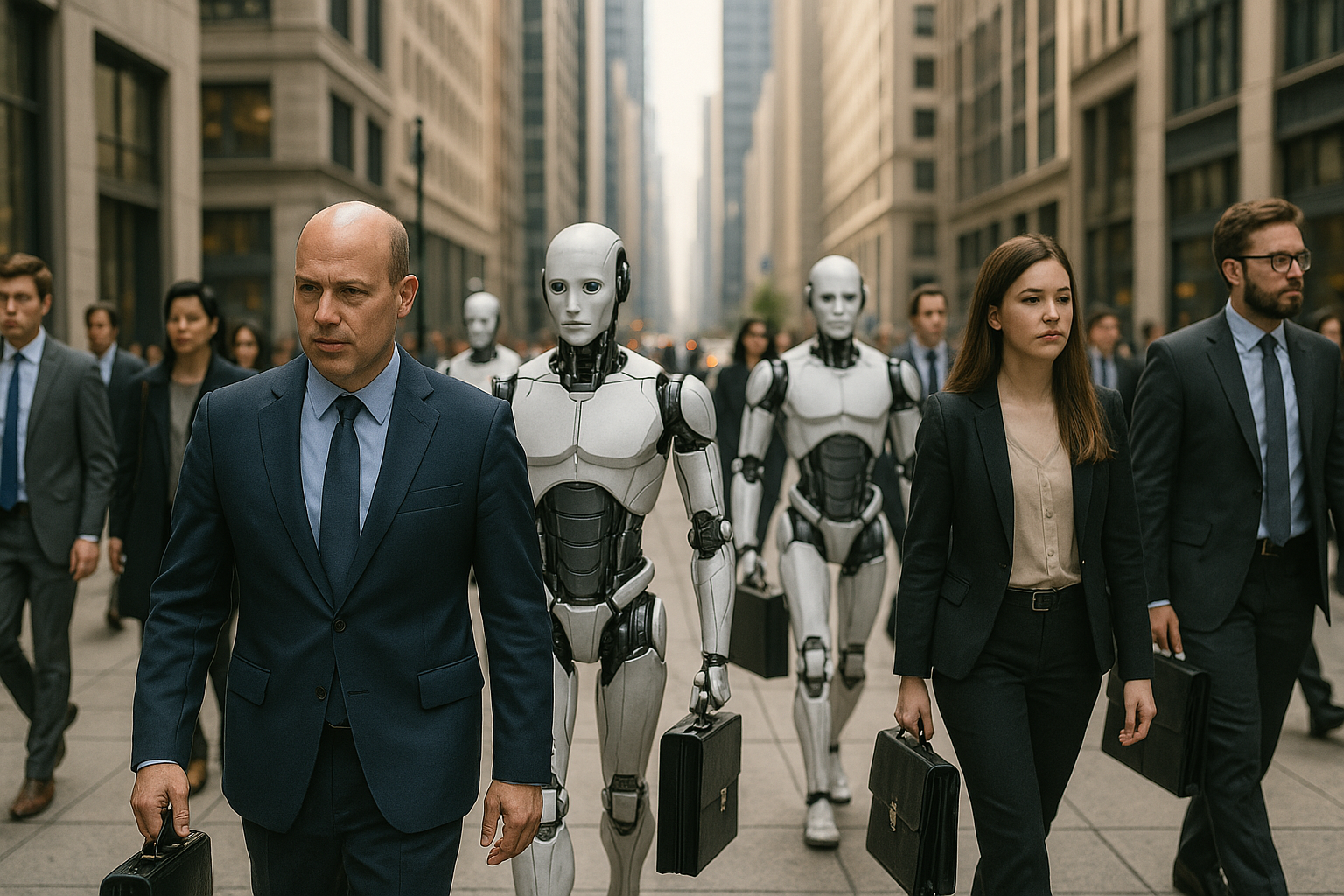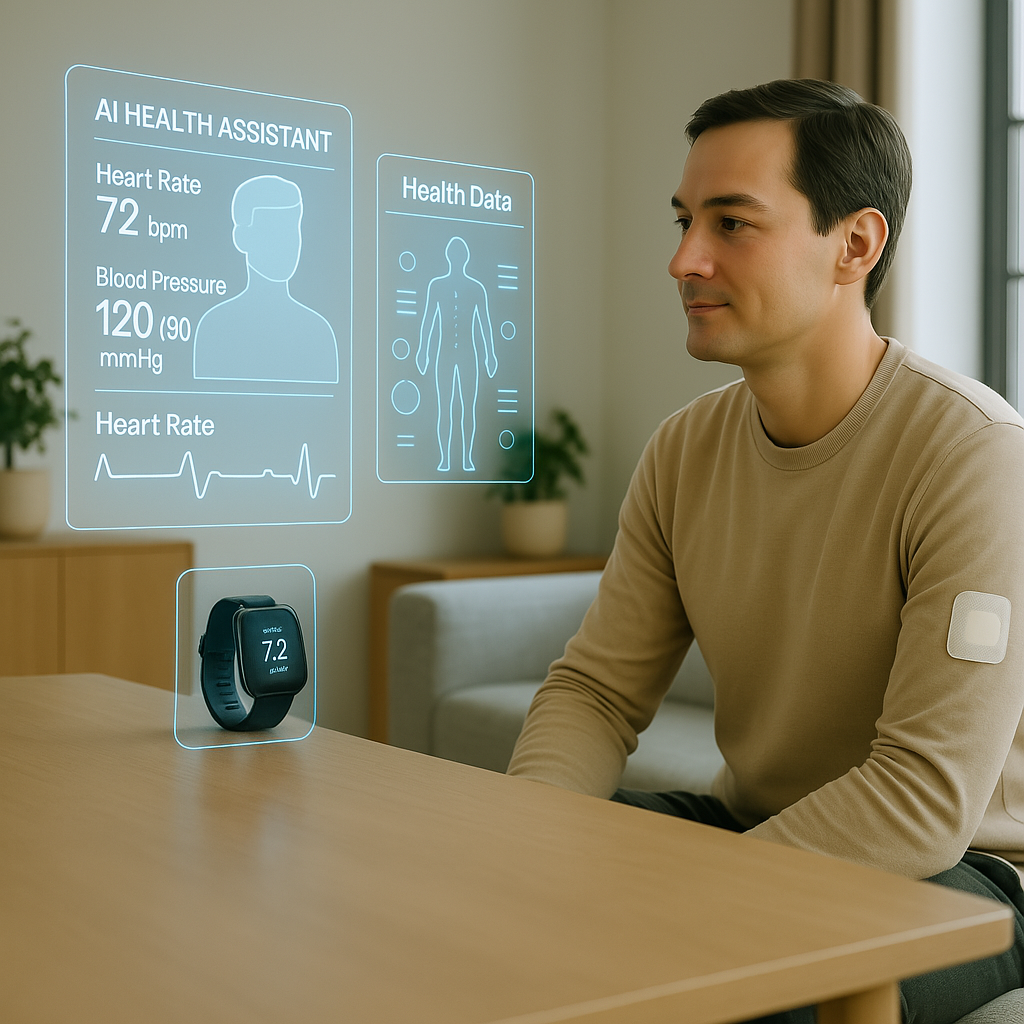Healthcare is being rewritten—not by policy, not by pharma, but by code.
From the moment a patient seeks help to the minute they’re diagnosed, AI is removing friction, reducing costs, and—most importantly—saving lives. While the traditional system drowns in paperwork, waitlists, and burned-out staff, artificial intelligence quietly offers something better: immediate access, personalized care, and 24/7 availability.
The Receptionist is Replaced
Forget hold music and long queues. AI-driven chatbots and voice assistants now handle appointment scheduling, insurance verification, and intake forms with zero attitude and zero wait. These systems sync with electronic health records (EHRs), auto-update calendars, and even follow up with patients. One AI can replace an entire front desk team—without calling in sick.
Medical Bureaucracy, Streamlined
Claims processing? Pre-approvals? AI automates these too. No more mysterious delays or insurance red tape. AI cross-checks treatments against policies, fills forms, flags inconsistencies, and submits claims in seconds—not weeks. It’s already outperforming human billing departments in speed and accuracy.
AI with a Stethoscope: Diagnoses Without Bias or Burnout
Machine learning models can now analyze symptoms, imaging, lab results, and patient history—then suggest diagnoses faster and with fewer errors than the average physician. Tools like symptom checkers and diagnostic AIs are no longer novelties. They’re proving to be lifelines in rural areas, underfunded clinics, and even for doctors needing a second opinion.
And they don’t forget. Or get tired. Or carry subconscious bias.
Early Warnings That Humans Miss
Perhaps the most revolutionary shift is AI’s ability to detect subtle patterns across massive data sets—patterns that predict disease before it fully forms. Whether it’s retinal scans for diabetes, cough analysis for respiratory disease, or wearables tracking cardiac rhythms, AI doesn’t just wait for symptoms—it flags the first flickers of risk.
Is the Doctor Next?
Not quite. But roles are changing.
Doctors won’t vanish, but their job descriptions already are. AI handles the paperwork, prep, and pattern-matching—leaving humans for what humans do best: empathy, ethics, and complex judgment. The real disruption isn’t replacement. It’s redeployment.
The Big Shift: From Hospitals to Homes
With AI embedded in phones, smartwatches, and home assistants, healthcare is decentralizing. A child’s fever, an elder’s irregular heartbeat, a teen’s depression—AI can triage or intervene before a human ever gets involved. The future isn’t in the waiting room. It’s in your pocket.
Next Up: “The Managers’ Reckoning: When AI Knows the Metrics, the Market, and the Team”

